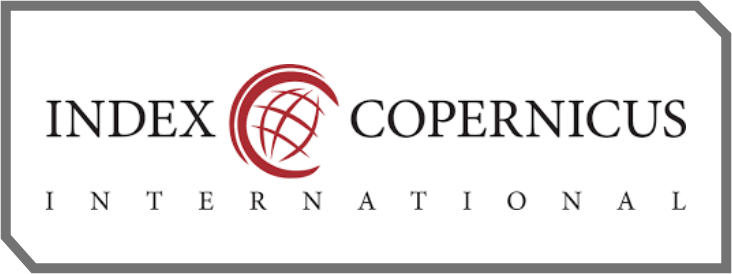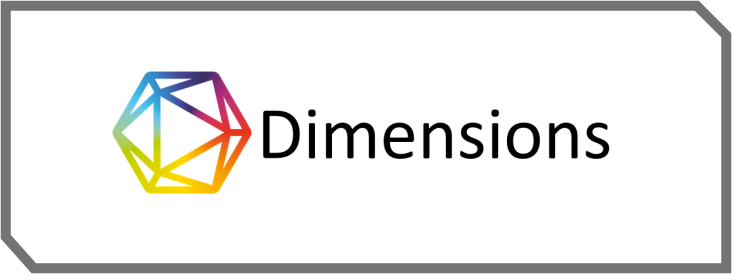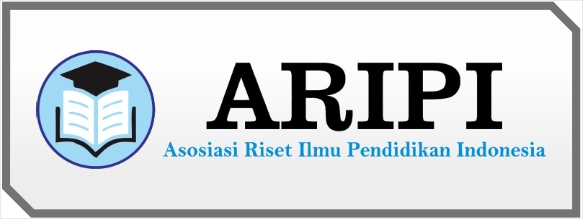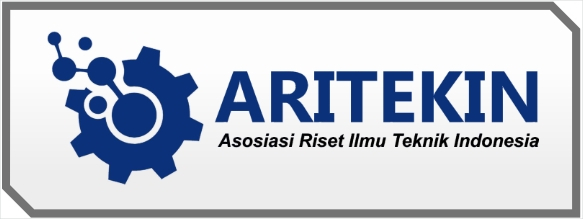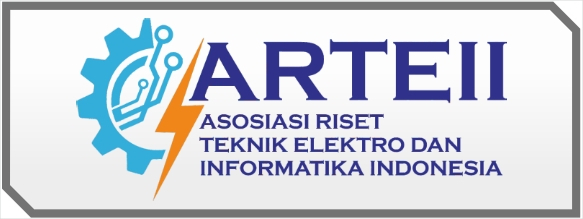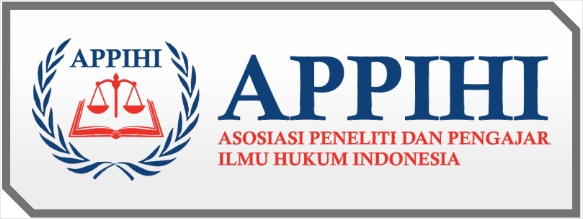Perbandingan Hasil Belajar Siswa Dengan Menggunakan Model Kooperatif Tipe NHT (Number Head Together) Dengan Model Pembelajaran Make A Match Pada Mata Pelajaran IPA Materi Cahaya Dan Sifatnya Di Kelas V SD Negeri 094166 Sidotani 1 T.A 2017/2018
DOI:
https://doi.org/10.55606/sinov.v4i2.637Keywords:
learning outcomes, NAT (Number Head Together), Make A MatchAbstract
The problem in imi's research is that students' learning outcomes have not been completed classically in the science subject matter of light and its properties in class V of SD Negeri 094166 Sidotani I for the 2017/2018 academic year. This is because the implementation of learning is still teacher-centered. This research aims to find out whether students' science learning outcomes using the Number Head Together model are better than using the Make A Match model in science subjects regarding light and its properties. This type of research is experimental research. This research was carried out at SD Negeri 094166 Sidotani L. The population of this research were all fifth grade students at SD Negeri 094166 Sidotani I, totaling 40 students and divided into two parallel classes. The data collection tools used were tests and the data analysis used was the normality test, homogeneity test. , the hypothesis test used was the difference test between two means (test 7). From the results of data analysis, student learning outcomes were obtained in science subjects, light material and its properties after using the Number Head Together type cooperative learning model in class V of SD Negeri 094166 Sidotani I Academic Year 2017 /2018 obtained an average score of 86.93 and student learning outcomes using the Make A Match learning model obtained an average score of 167.93. So it can be concluded that student learning outcomes in the science subject light and its properties taught using the Number Head Together type cooperative learning model are better than those taught using the Make A Match learning model in class V of SD Negeri 094166 Sidotani I for the 2017/2018 academic year.
Downloads
References
Ahmadi dan Uhbiyati, 2011, Ilmu Pendidikan, Jakarta : Rineka Cipta Arifin, 2011, Psikologi Dakwah, Jakarta: Bumi Aksara
Arikunto, Suharsimi, 2010, Prosedur Penelitian Sebuah Pendekatan Praktek, Jakarta: Rineka Cipta
Arikunto, Suharsimi, 2011, Prosedur Penelitian Sebuah Pendekatan Praktek, Jakarta: Rineka Cipta
Daradjat, Zakiah, 2010, Metodik Khusus Pengajaran Agama Islam, Jakarta: Bumi Aksara.
Djamarah, 2011, Guru dan Anak Didik dalam Interaksi Edukatif, Jakarta: Rineka Cipta.
Hadi, Sutrisno, 2010, Metodologi Penelitian, Yayasan Fakultas Psikologi UGM Yogyakarta.
Hadi, Sutrisno, 2010, Metodologi Penelitian, Yayasan Fakultas Psikologi UGM Yogyakarta.
Husen, Ibrahim, 2012, Kenakalan Remaja, Jakarta: Gramedia.
Imron, Ali, 2010, Belajar dan Pembelajaran, Jakarta:Pustaka Jaya.
Kamisa, Drs. 2010, Kamus Lengkap Bahasa Indonesia, Surabaya: Kartika.
00, 16/2/2023] NILFAUJIA: | » 3 . Sea . 42 Moleong, Lexy, 2011, Metode Kualitarip Bandun ” 8: Rosda Kary a Nasution, 2010, Beberapa Pendekatan dalam proses Belajar dan Mengajar,Jakarta: Bina Aksara.
Poedarminta, WJS. 2011, Kamus Besar Bahasa Indonesia Jakarta: Balai Pu , - Balai Pustaka
Purwanto, Ngalim, 2010, Psikologi Pendidikan, Bandung: Rosda Karya
Soemanto, Wasty, 2011, Psikologi Pendidikan, Jakarta: Rineka Cipta
Sujanto, Agus, 2010, Kenakalan Remaja, Jakarta: Ichtiar Baru.
Tim Dosen FIP Malang, 2010, Pengantar Dasar-dasar Pendidikan, Surabaya: Usaha Nasional.
Downloads
Published
How to Cite
Issue
Section
License
Copyright (c) 2022 Media Informasi Penelitian Kabupaten Semarang

This work is licensed under a Creative Commons Attribution-NoDerivatives 4.0 International License.







